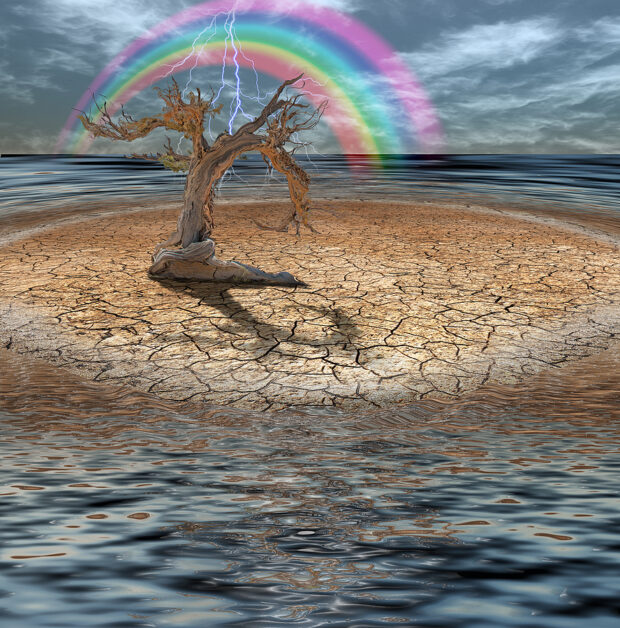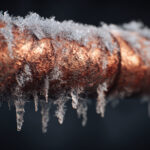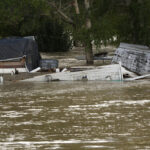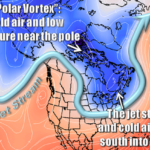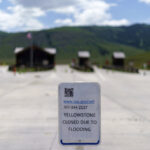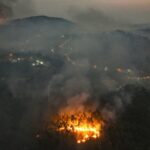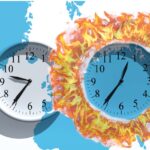If you think the weather these days feels like a seesaw, you’re not alone.
Executive Summary
A reduction in pole-to-equator temperature differences resulting from climate change is also contributing to disruptions in the polar vortex and to slow-moving intense weather systems—ingredients for weather whiplash events such as wildfire-inducing droughts and wildfires followed by snow or heavy rains. Here, Judah Cohen and Peter Sousounis from the Atmospheric and Environmental Research and Extreme Event Solutions businesses of Verisk, review these conditions and damage estimates from past whiplash events, as well as the insurance implications for the future.Consider the following:
In Colorado last year, a prolonged spell of unusually warm, dry conditions and one of the deadliest wildfires was followed by a heavy blanket of snow and frigid temperatures. This summer, Europe saw a record drought only to witness heavy rains and flooding strike both London and Paris a month later. And now, Dallas, Arizona and New Mexico are experiencing a decades-long drought even after heavy rains and flash flooding this summer.This windshield wiping effect of abrupt swings of extreme temperatures and precipitation is popularly referred to as “weather whiplash.” These events have been observed to be increasing in frequency and intensity and are thought to be associated with human-induced global warming. They are also often highly disruptive to agriculture, management of municipal utilities, ecosystems and daily activities and can inflict heavy insurance losses, especially related to flooding.




















